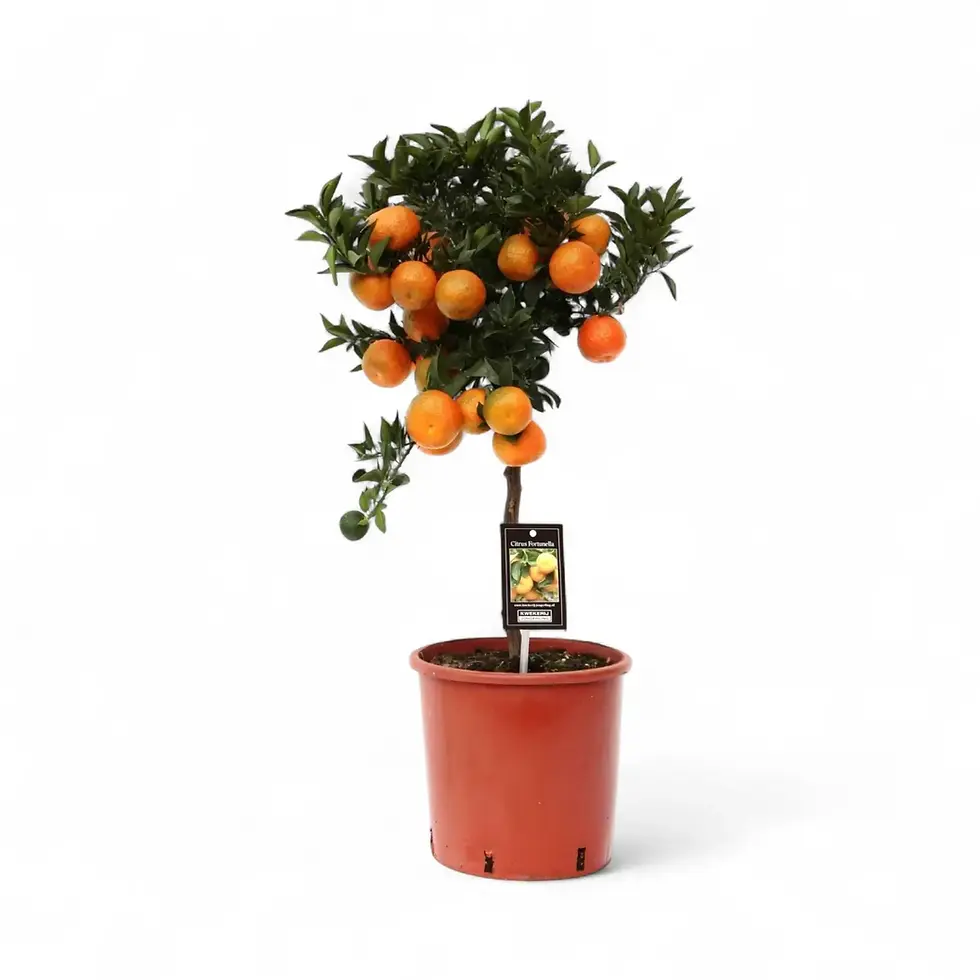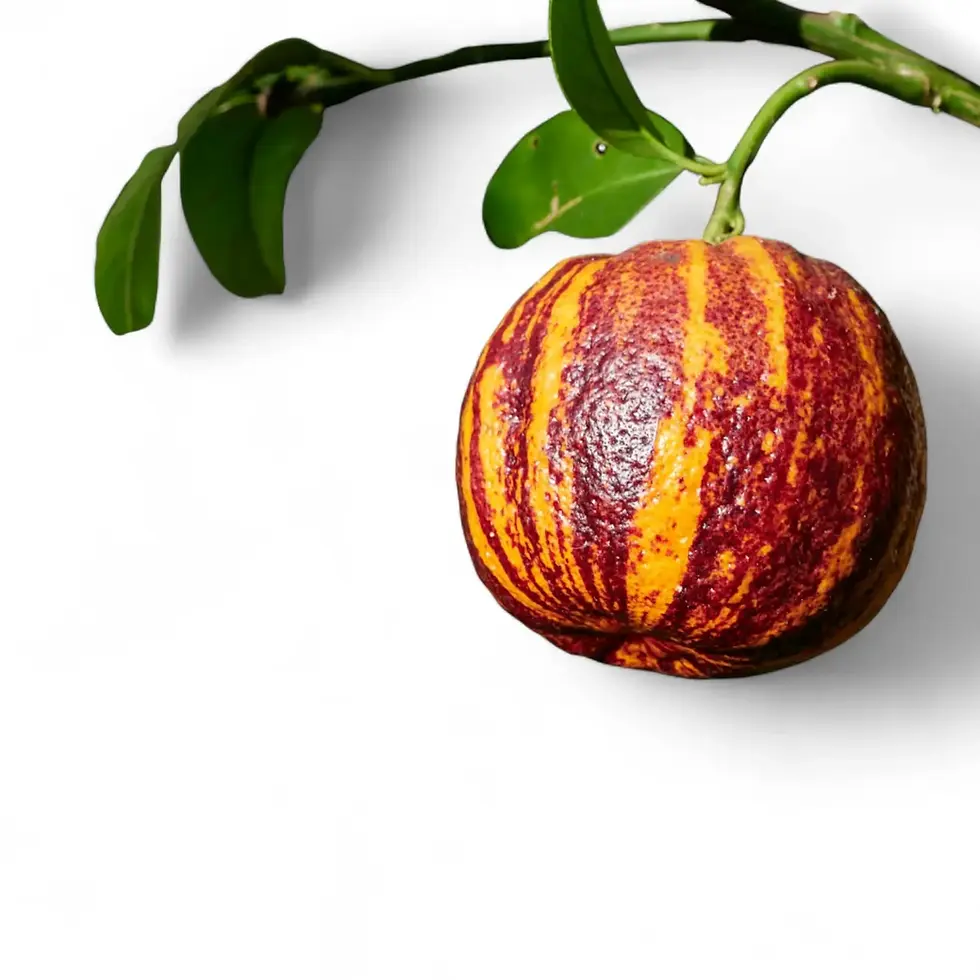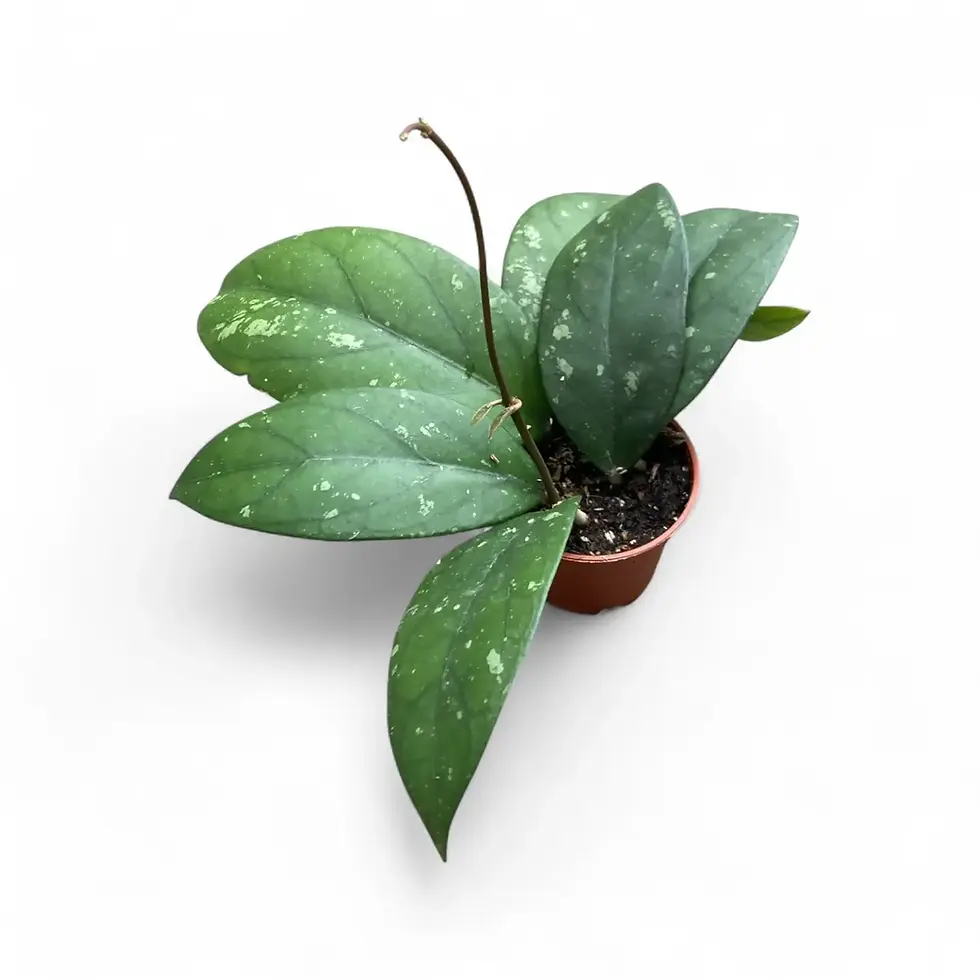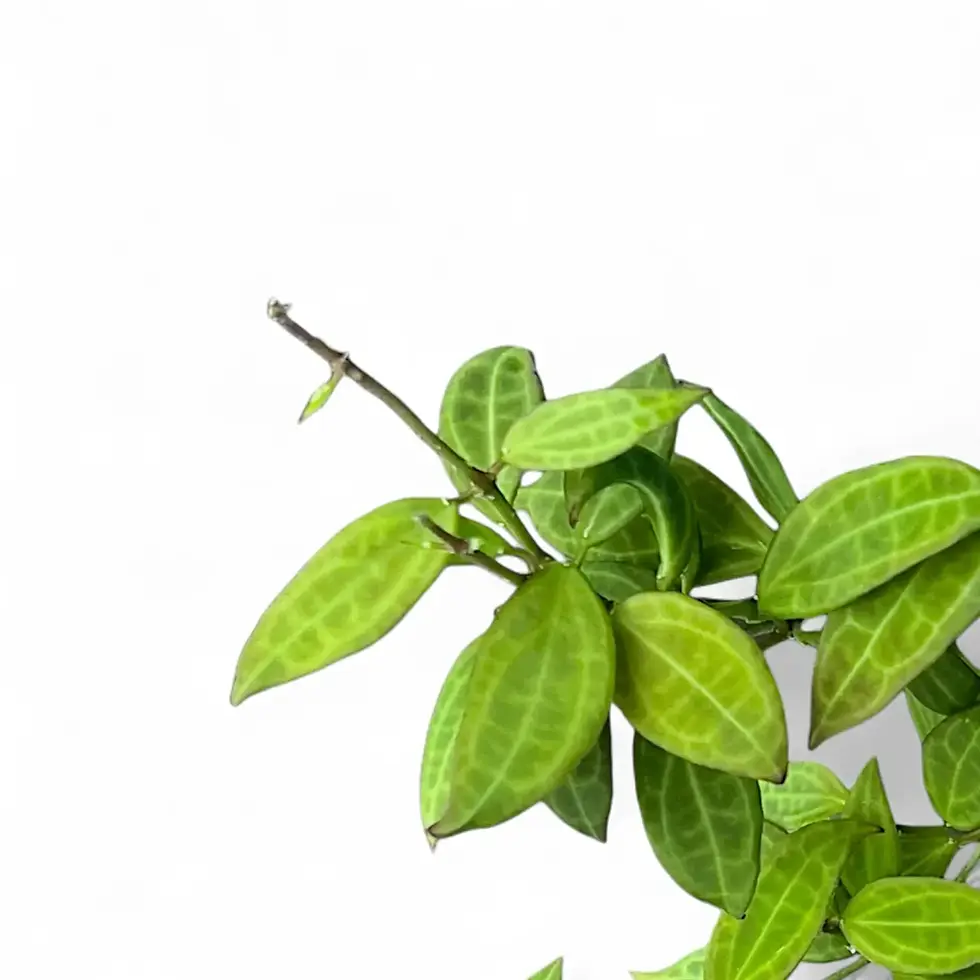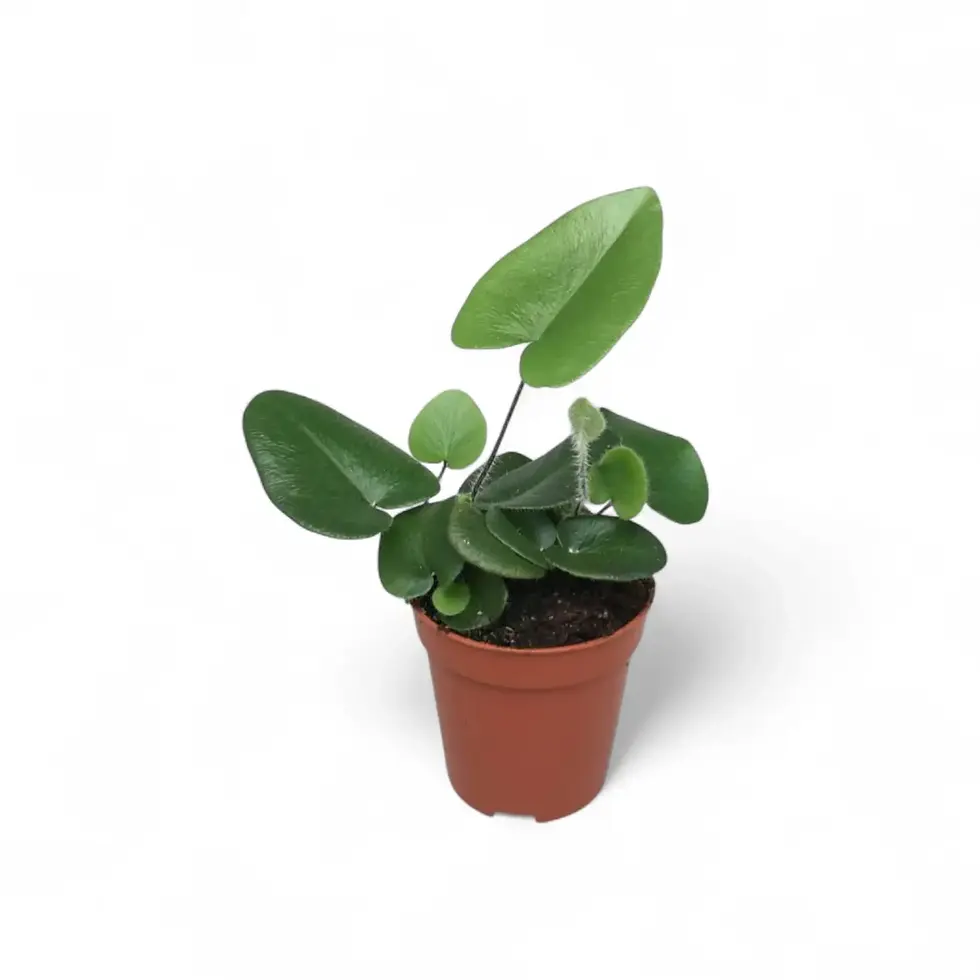Dischidia platyphylla – Growth Style, Traits and Indoor Cultivation
Dischidia platyphylla adds sculptural structure to your plant setup with its flat, paddle-like leaves arranged neatly along slender vines. Each leaf grows in opposing pairs and lies nearly flush against its support, creating a rhythmic, geometric look that makes this species ideal for mounting or trailing displays. The foliage is leathery to the touch, with muted green tones that sometimes take on silvery or bluish hues depending on age and exposure.
Originally from the humid forests of the Philippines, this tropical epiphyte naturally climbs tree trunks and clings to bark in the wild. Indoors, it adapts beautifully to controlled conditions, growing slowly but steadily without taking over. Its minimal root system and low-maintenance needs make it especially popular for kokedama, moss poles, wood mounts, or net pots — wherever airflow and light meet.
Unique Traits of Dischidia platyphylla
- Distinctive Leaves: Flattened, round to oval leaves that resemble succulent pads
- Compact and Manageable: Naturally slow-growing and easy to keep in small spaces
- Creative Styling: Works exceptionally well mounted or trailing from open baskets
- Drought-Resilient: Stores moisture in its thick leaves and needs less frequent watering
- Occasional Flowers: Produces small, pale blooms at leaf nodes under good conditions
Natural Conditions and Growth Behavior
Dischidia platyphylla originates from tropical lowland forests in the Philippines, where it grows epiphytically on tree bark in warm, moist environments. Average year-round temperatures range from 20–28 °C with humidity between 70–90 %. Rainfall is frequent but light, and the plant is well adapted to absorb moisture from air and light mist through its roots and leaves.
Indoors, it typically grows to about 50–100 cm in length depending on support and space. Its growth is trailing or climbing, depending on whether it’s potted, mounted, or allowed to hang. It’s an evergreen perennial and retains its foliage year-round. While not highly toxic, it may cause irritation if ingested — keep it away from pets and children.
Care Instructions for Dischidia platyphylla
- Placement: Choose a bright, warm spot with plenty of airflow and no direct sun
- Light: Best in filtered, bright light; avoid prolonged direct exposure
- Watering: Let substrate dry out most of the way between watering; never keep soggy
- Humidity: Prefers 60–80 %; aim for steady moisture and good air movement
- Temperature: Keep in 20–26 °C range; protect from sudden cold drops
- Substrate: Use a loose epiphyte mix with bark, perlite, and minimal coco
- Repotting: Only when rootbound; avoid disturbing roots unless necessary
- Pot Style: Mount, hanging basket, or net pot — good drainage is key
- Feeding: Light liquid fertilizer every 4–6 weeks in active growth
- Propagation: Easily propagated from node cuttings placed in moist moss or semi-hydro
- Hydroponics: Adapts well to mineral substrates with high porosity
- Pruning: Trim lightly to maintain shape or encourage branching
Potential Problems and How to Handle Them
- Overwatering: Causes root rot quickly — always allow proper drying time
- Leaf yellowing: Usually tied to excessive moisture or poor drainage
- Dry edges: Linked to low humidity or harsh light exposure
- Pests: Mealybugs or aphids may appear; wipe with neem or alcohol solution
- Growth slowdown: Often from low light, temperature drops, or nutrient lack
Extra Considerations
This Dischidia thrives when mounted or grown in baskets with strong air circulation. Unlike some houseplants, it doesn’t mind being root-bound and will often grow more compactly this way. If allowed to attach to rough bark or mossy surfaces, it will naturally form tighter growth and more consistent foliage spacing.
Understanding how your plant grows in the wild — in this case, clinging to tropical trees in filtered light with warm air around it — helps you recreate the conditions that support healthy growth. If you follow that lead, Dischidia platyphylla becomes one of the most rewarding epiphytic vines you can grow indoors.
Botanical Background
The genus name Dischidia comes from the Greek “dischidion,” likely referring to cleft or split leaf bases seen in some species. The species name platyphylla means “broad-leaved,” derived from “platys” (broad) and “phyllon” (leaf), describing the flat, round foliage. This species was described by German botanist Rudolf Schlechter in 1906.
FAQs about Dischidia platyphylla
- Can Dischidia platyphylla be grown outdoors? Only in warm, frost-free regions — otherwise best kept indoors with steady warmth.
- Do the leaves stay flat forever? Yes, mature leaves maintain their paddle shape. Some may slightly curl in low humidity.
- Is this a fast-growing plant? No, it’s relatively slow and steady, which helps maintain a neat form without frequent pruning.
Order Dischidia platyphylla now and bring sculptural, low-maintenance greenery into your indoor space — mounted, trailing, or styled your way.
Dischidia platyphylla
Dischidia platyphylla is approximately 60 cm long and comes in a ø 14 cm pot.






